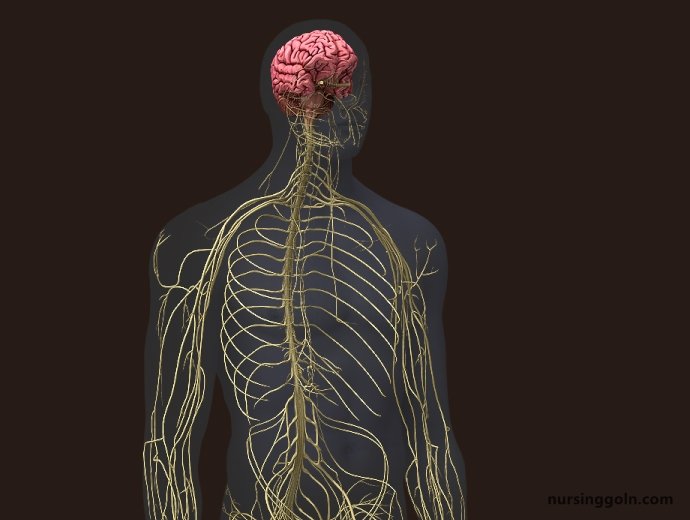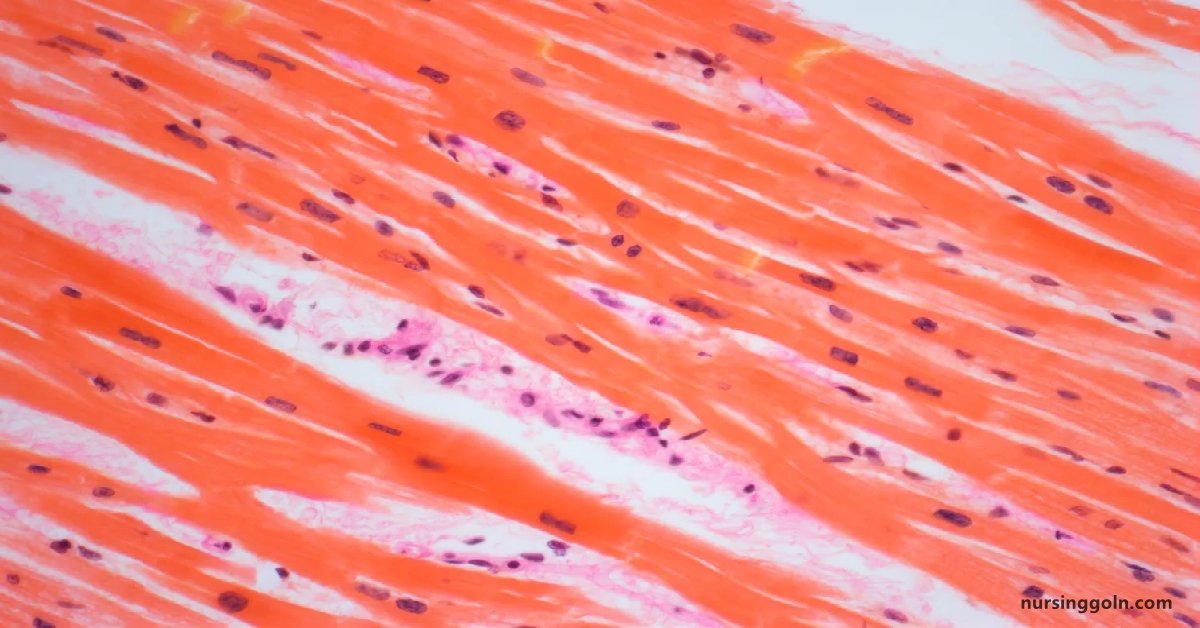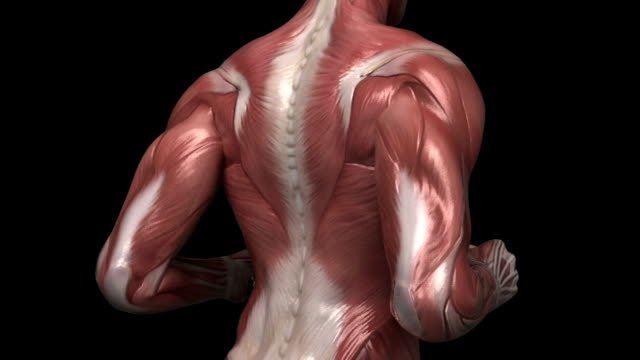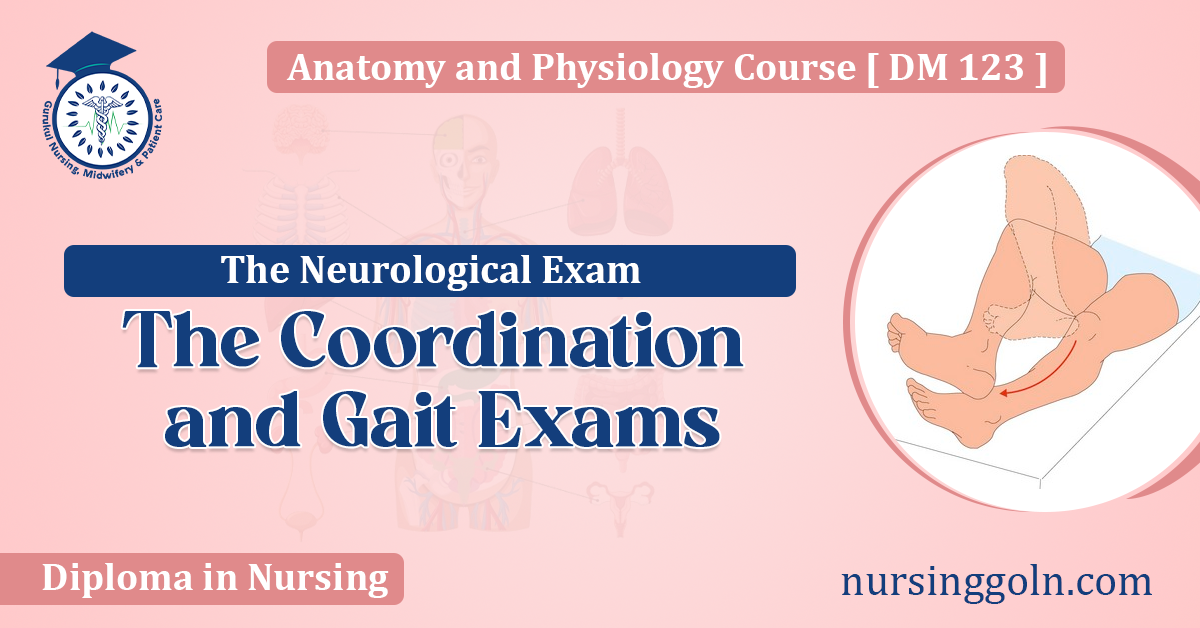Today our topic of discussion is ” The Coordination and Gait Exams “. In the grand concert of the human body, where every system plays its unique melody, the coordination and gait exams strike a harmonious note.
They shed light on our body’s ability to move fluidly and purposefully, highlighting issues when our internal orchestra is out of sync. As pivotal parts of the neurological examination, these tests offer profound insights into the brain’s health and function. This article aims to explore the significance, methodology, and intricacies of the Coordination and Gait Exams.

The Coordination and Gait Exams: The Neurological Exam
1. Introduction: The Dance of Movement
From the effortless swing of an arm to the rhythmic tapping of feet, human movement is a ballet of precision and grace. It demands coordination – the harmonious interaction of muscles and nerves – and gait, the structured sequence of stepping. Disruptions in this dance can signal neurological issues.
2. The Coordination Exam: Unraveling Graceful Movements
Coordination tests, or cerebellar tests, primarily examine the cerebellum’s function, a brain structure vital for ensuring smooth and purposeful movements.
2.1 Types of Coordination Tests
- Finger-Nose-Finger Test: The patient moves their finger between their nose and the examiner’s finger, which moves unpredictably. This tests for intention tremor and accuracy of movement.
- Rapid Alternating Movements: Patients are asked to rapidly flip their hands between palm-up and palm-down positions or tap their fingers against their thumb. It assesses rhythm and speed.
- Heel-to-Shin Test: While lying down, the patient is asked to slide their heel up and down their shin. This evaluates lower limb coordination.
2.2 Clinical Implications
Dysmetria (overshooting or undershooting targets), intention tremor (a tremor when performing an action), and dysdiadochokinesia (inability to perform rapid alternating movements) are signs of cerebellar dysfunction.

3. The Gait Exam: A Journey of Steps
Gait, the pattern of walking, is a complex activity that involves various neural pathways, muscles, and joints. Anomalies in gait can be indicative of a broad spectrum of neurological disorders.
3.1 Elements of the Gait Exam
- Observation: Simply watching a patient walk can reveal a lot. The examiner notes stride length, foot clearance, arm swing, and overall posture.
- Tandem Walking: Walking in a straight line, heel-to-toe, can bring out subtle balance or coordination issues.
- Walking on Heels and Toes: This can pinpoint weakness in specific muscle groups.
- Romberg Test: Standing with feet together and eyes closed tests proprioceptive and vestibular functions.
- Turns and Stops: Observing a patient’s ability to turn or stop suddenly can reveal balance and coordination deficits.
3.2 Common Gait Abnormalities
- Hemiplegic Gait: Seen in stroke patients, it’s characterized by a dragging leg or circling motion.
- Parkinsonian Gait: Small, shuffling steps with a stooped posture, typical in Parkinson’s disease.
- Ataxic Gait: Staggering and unsteady walk, often seen in cerebellar diseases.
- Steppage Gait: High foot lift due to anterior tibial muscle weakness, causing foot drop.
- Spastic Gait: Stiff movement due to increased muscle tone, seen in conditions like multiple sclerosis.

4. The Interplay of Coordination and Gait
While coordination tests specifically focus on the cerebellum’s function, gait exams provide a more holistic view, touching on aspects of basal ganglia, spinal cord, and peripheral nerves. However, coordination and gait are deeply intertwined. For example, cerebellar damage can lead to both coordination deficits in limbs and an ataxic gait.
5. Beyond Movement: Broader Neurological Insights
The Coordination and Gait Exams don’t just test for movement disorders. They can hint at more widespread neurological issues:
- Vitamin B12 Deficiency: Can lead to sensory ataxia, affecting gait.
- Multiple Sclerosis: Might present with a spastic gait and coordination issues.
- Normal Pressure Hydrocephalus: Characterized by a magnetic gait, where the feet seem glued to the floor.

6. Conclusion: The Symphony of Steps and Balance
Life’s dance is a balance of steps and grace, and the Coordination and Gait Exams are instrumental in ensuring this dance remains harmonious. By delving deep into our movement’s intricacies, these exams offer a unique lens into the nervous system’s state, reaffirming the wonder that is human motion. Whether a graceful ballet or a purposeful march, our movements tell a story, and through these examinations, clinicians ensure it’s a tale of health and harmony.
Read more:
